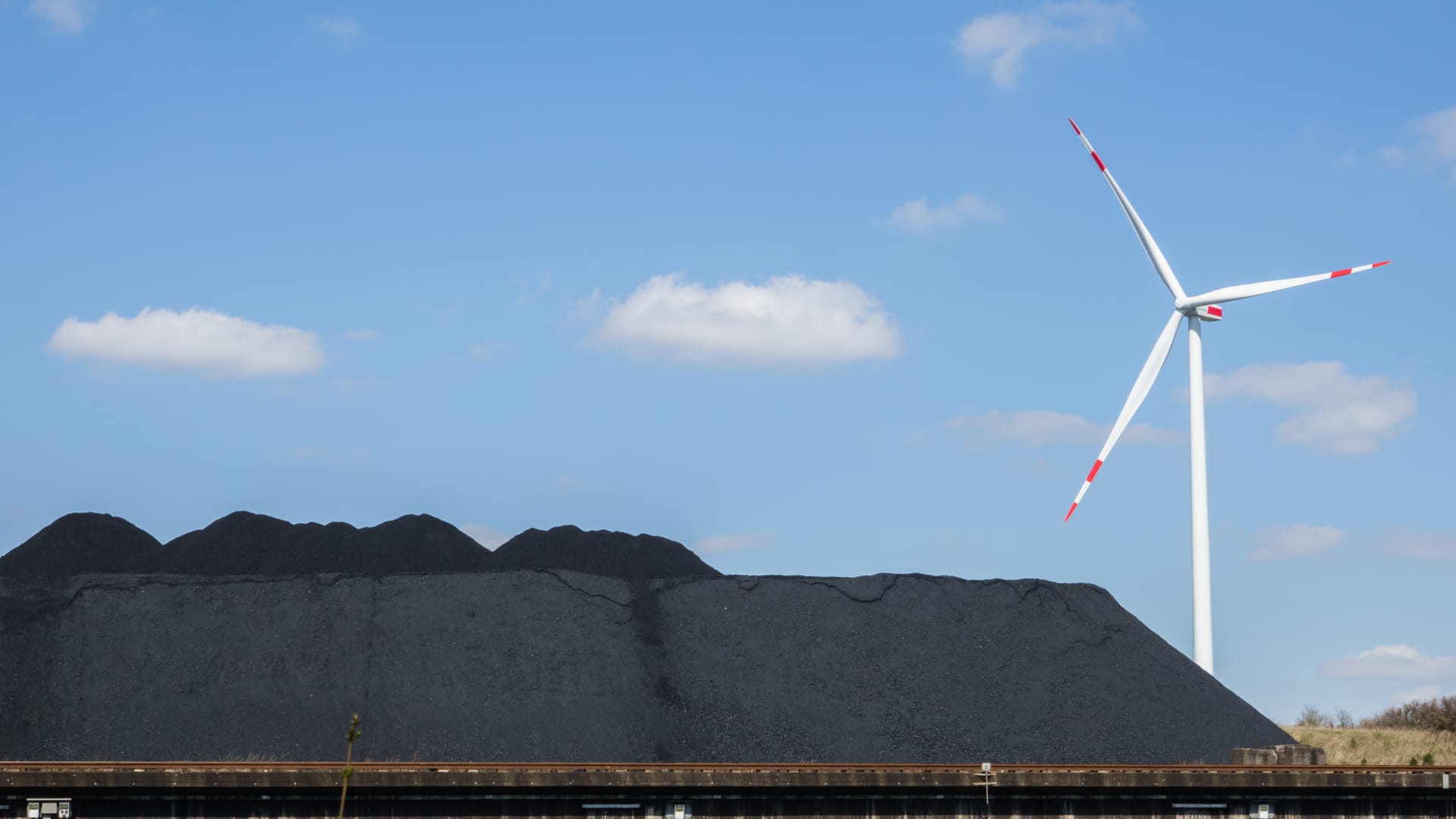Energy
Tuesday, April 2nd, 2024 3:58 pm EDT
Key Points
- Natural gas prices have sharply declined due to oversupply resulting from a warmer-than-expected winter, leading to reduced demand for heating fuel in key LNG consuming countries.
- The surge in liquefied natural gas (LNG) production and investment has contributed to a significant increase in supply, with over 150 million tonnes per annum (mtpa) of LNG capacity currently under construction, representing substantial growth in a market already exceeding 400 mtpa.
- Lower natural gas prices, currently at $1.83 per MMBtu, down about 22% so far this year, are primarily driven by mild winter conditions in Northern Hemisphere regions like the U.S., Europe, and North Asia, resulting in higher-than-average storage levels and downward price trends since October.
Natural gas prices have plummeted due to an oversupply caused by a warmer-than-expected winter, resulting in decreased demand for heating. Currently standing at $1.83 per MMBtu, prices have dropped by about 22% this year. The surplus has been exacerbated by the construction of over 150 million tonnes per annum of liquefied natural gas (LNG) capacity, signaling significant supply growth in a market already exceeding 400 mtpa. According to Morgan Stanley’s commodity strategists, this oversupply trend is expected to persist, reaching multi-decade highs in the coming years. The mild winter conditions in key LNG consuming regions like the U.S., Europe, and North Asia have led to higher-than-average storage levels, resulting in downward pressure on prices since October. February saw benchmark natural gas spot prices hitting an all-time low of $1.72 per MMBtu. While this presents challenges for producers, it offers opportunities for consumers, particularly in Europe, India, and Southeast Asia. Europe, in particular, has benefited from lower prices as it increases LNG imports to offset supply disruptions from Russia. India and Thailand are also significant beneficiaries due to their high reliance on imported gas, with India’s gas demand being particularly elastic to price changes. Additionally, lower prices could attract second-tier and emerging players like China back into the market, potentially stabilizing prices despite the oversupply.
For the full original article on CNBC, please click here: https://www.cnbc.com/2024/04/02/global-gas-glut-is-set-to-reach-multi-decade-highs-in-the-coming-years.html




